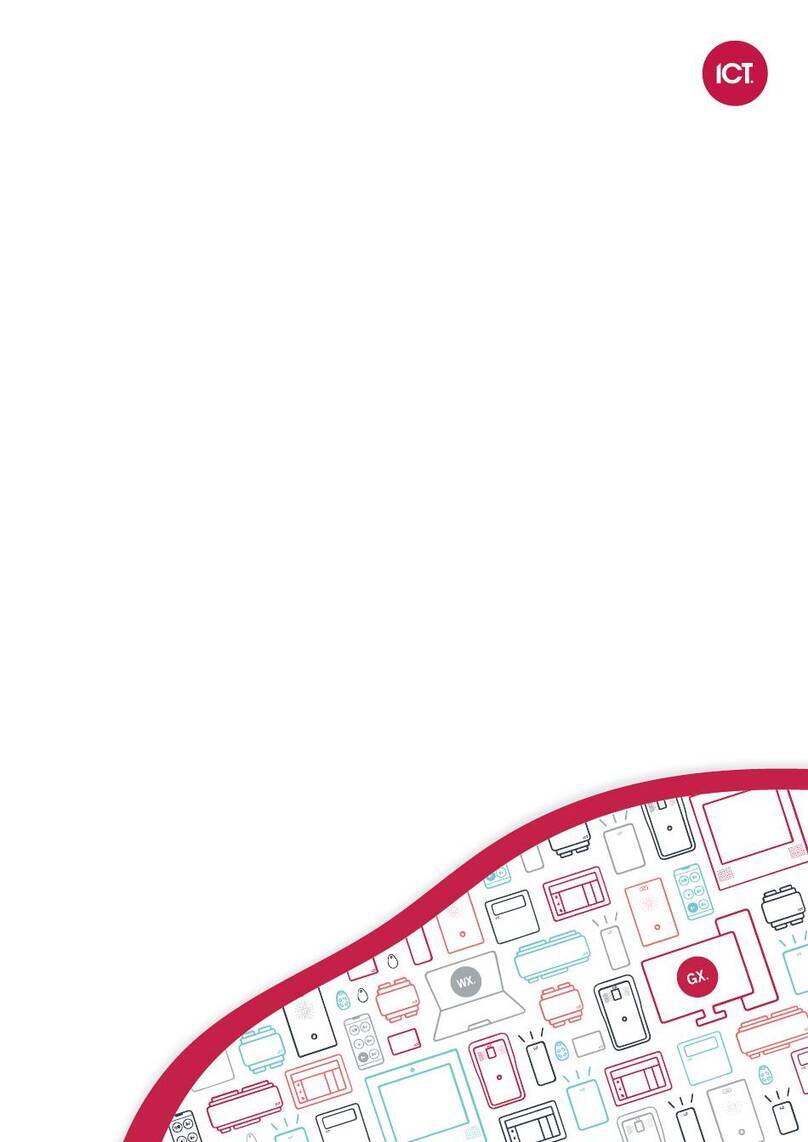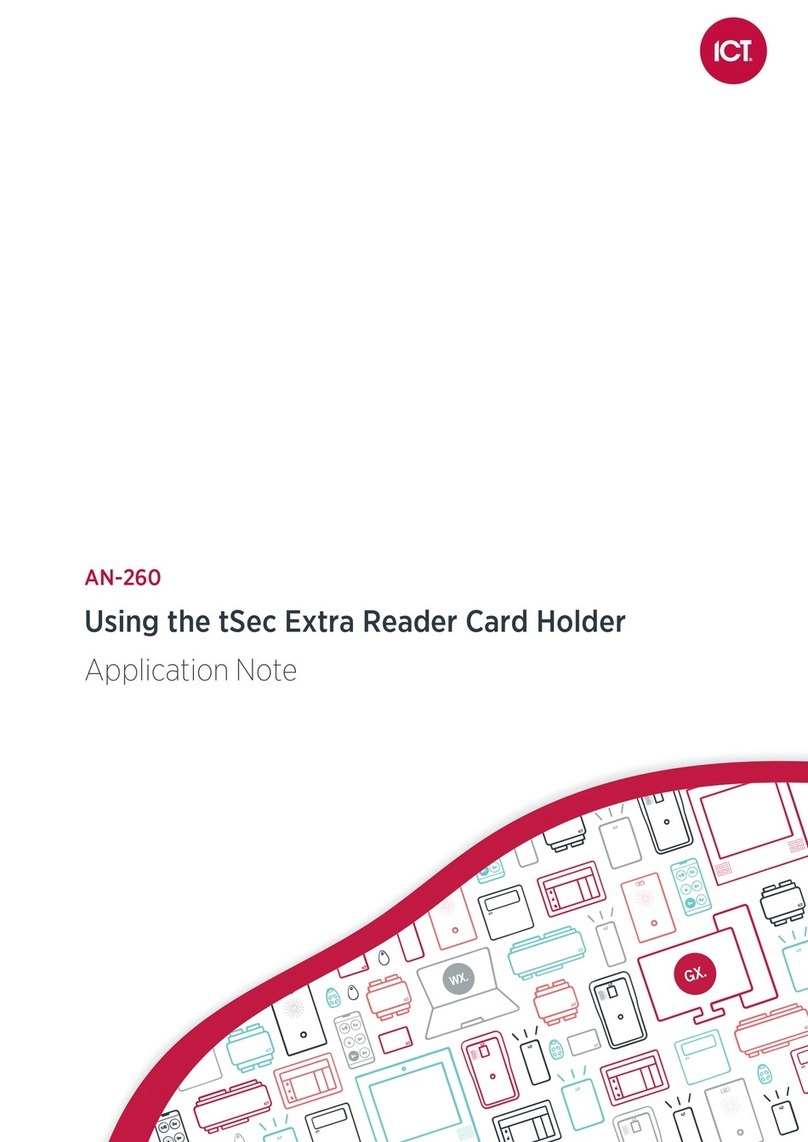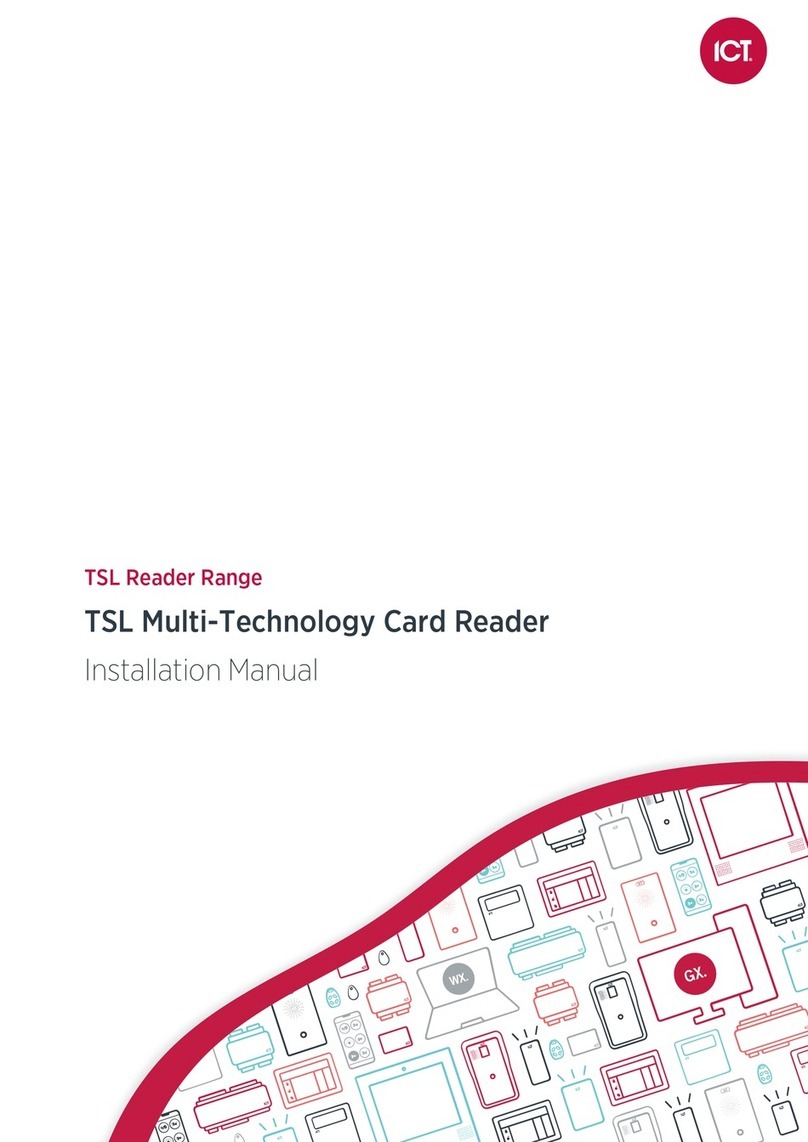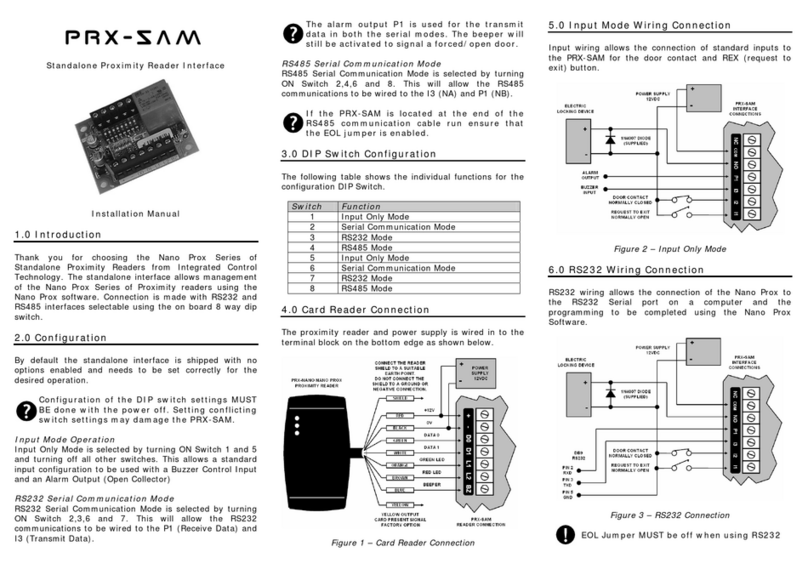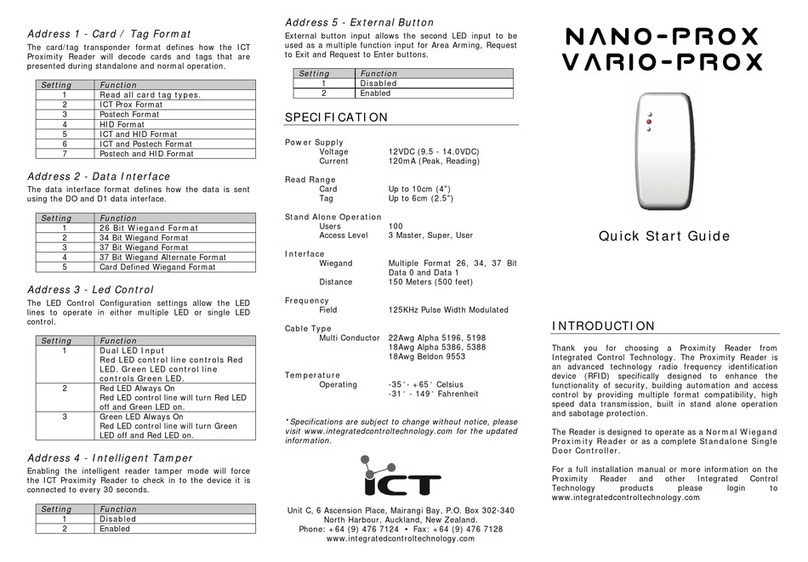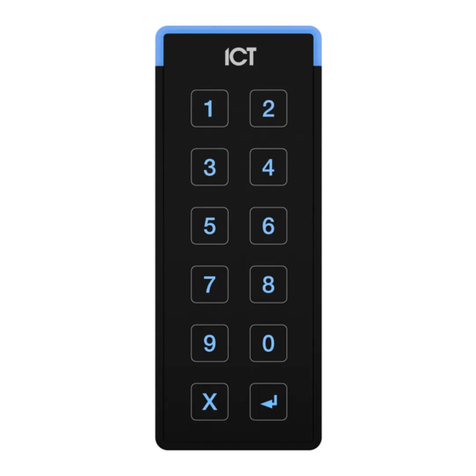
MIFARE Technology
About MIFARE
Based on the international standard ISO/IEC 14443 Type A, MIFARE is a technology used for contactless RFID
smart card systems consisting of card and reader components.
⦁Fully compliant with the international standard ISO/IEC 14443 Type A
⦁Multi-application memory to store several services on the same card, allowing for many integration
possibilities
⦁Fast transaction speed
⦁High security and fraud protection
MIFARE/DESFire Products
The MIFARE/DESFire products can be expanded to accommodate large numbers of modules using the
encrypted RS-485 Network. ICT provides a number of reader and tag/card options in the MIFARE/DESFire
range.
Cards
⦁MIFARE 1K (S50) Proximity Clamshell Card
⦁MIFARE 1K (S50) Proximity Card ISO
⦁MIFARE 1K (S50) Proximity Card ISO Mag
⦁MIFARE 1K (S50) Proximity Standard Key Tag
MIFARE/DESFire Cards
⦁MIFARE/DESFire EV1 Proximity Card ISO2K
⦁MIFARE/DESFire EV2 Proximity Card ISO2K
Secured MIFARE Card Format
Secured MIFARE is the compromise between secured cards and cost. Card data is protected with a diversified
authentication key and encrypted with an AES256 algorithm. These cards are not as secure as DESFire EV1 but
still provide high security against cloning. This card mode can be used on all MIFARE 1K (S50) cards and tags.
About MIFARE DESFire EV1
MIFARE DESFire EV1 is an ideal solution for service providers wanting to use multi-application smart cards in
transport schemes, e-government or identity applications. It complies fully with the requirements for fast and
highly secure data transmission, flexible memory organization, and interoperability with existing infrastructure.
⦁Fully compliant with the international standard ISO/IEC 14443 Type A 1-4
⦁Common Criteria EAL4+ security certified
⦁Available in 2, 4 and 8 Kbytes EEPROM version with fast programming
⦁Secure, high speed command set
⦁Unique 7-byte serial number
⦁Open DES/3DES crypto algorithm in hardware
⦁Open AES 128 bits crypto algorithm in hardware
PRX-TSEC Range | tSec Multi-Technology Card Reader with Bluetooth® Technology | Installation Manual 9






